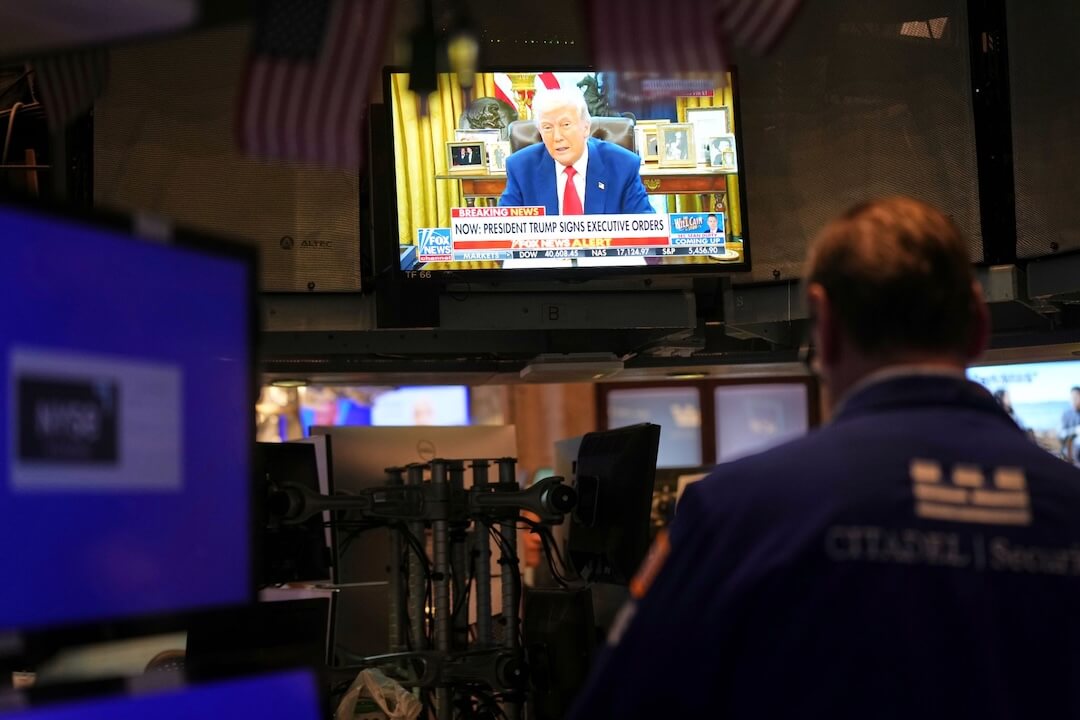It seems like with each passing day, the small world that is the media industry gets a little smaller.
On Tuesday, Time, Inc. announced it would be laying off or buying out 300 people as part of a plan to re-engineer its cost structure and become more efficient, according to a memo sent to employees by CEO Rich Battista.
Then, HuffPost laid off 39 people Wednesday as part of broader cuts made during parent company Verizon’s acquisition of Yahoo.
Finally — as if the first two weren’t enough — Vocativ announced Wednesday that it would be cutting its entire editorial department in a strategic move to triple its investment in video production and partnerships.
This all sounds like a lot, right? And it was only two weeks ago that The New York Times offered buyouts to newsroom employees in an effort to shift the focus from its editing staff to reporters.
So, what’s behind all the doom and gloom? For the most part, the continued financial success of Silicon Valley titans Google and Facebook, whose dominance of the advertising sector has left publishers fighting over scraps.
“There is a clear correlation between layoffs and buyouts with the growth in market share for the duopoly — Google and Facebook,” said Jason Kint, CEO of the trade organization Digital Content Next, in an email to Poynter.
If that’s the case, then journalists can expect even more staffing changes in the future.
Today, a new analysis from the Pivotal Research Group showed that Google and Facebook accounted for approximately 71 percent of all digital advertising sales in the United States during the first quarter of 2017 and 82 percent of all growth in digital advertising. That’s a steady year-over-year increase from 2016 and 2015, when the two technology giants had a combined share of 69 percent and 64 percent of digital advertising, respectively, according to the analysis.
And as media analyst Ken Doctor notes, that growth isn’t exactly loose change.
“Even a 2 percent share movement, which may seem like a small number, it’s still a big number,” said Doctor, author of “Newsonomics.”
What’s left for media organizations? Not much, according to Alan Mutter, a newspaper industry analyst and professor at the University of California at Berkeley.
“The vast preponderance of digital advertising dollars go to Google and Facebook, and very little is left over for other people,” Mutter said. “There’s just more content running around in search of advertising than there is advertising dollars that can support that content.”
Mutter noted in a 2014 blog post that the newspaper industry specifically experienced a 52 percent drop in digital advertising over the previous decade. As more people are creating content for free, journalists — who have historically been paid for their work — are being usurped by digital media monoliths.
And, as digital advertising overtakes even TV ads, Mutter said there is little room for in-depth, well-reported journalism that takes a lot of time and resources.
“People make an investment in producing content in hopes that they’ll get paid,” he said. “But that’s not what’s happening.
Pair that with rock-bottom levels of trust in media, and what do you get?
“A true profound problem for society,” Mutter says.
Cue all the recent layoffs at big media organizations. While tech companies garner an ever-larger share the of digital advertising market, publishers such as The New York Times and Vocativ are scrambling to keep up.
The Times offered buyouts in late May to shift its focus to content creators, while Vocativ is doubling down on video to take advantage of relatively higher advertising rates.
“(There) is a continuing program of re-skilling at The New York Times, moving away from older, legacy skills and hiring more people who have newer skills in terms of design, interactive, audio and more content production,” Doctor said.
Time, Inc. is laying off 300 people as part of a continued effort to implement a “strategy in key growth areas, such as video, native advertising, and brand extensions,” according to the memo Battista sent to Time employees Tuesday.
Meanwhile, Verizon is using the layoffs at HuffPost to help defray the cost of acquiring Yahoo, according to Mutter. Indeed, the 39 employees leaving the news organization this week are part of a 2,100-job cut that Verizon is leveraging as it takes control of Yahoo’s various internet properties. In all, the layoff affects about 15 percent of the work force at Yahoo and AOL, according to The New York Times.
“There’s a real reason why this is happening. It’s not just a sunspot,” Mutter said. “We’re living in a really different world today.”
Editor’s note: Google, Inc. is one of Poynter’s 10 largest custom training partners.







